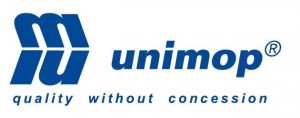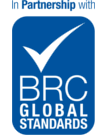HACCP
HACCP stands for Hazard Analysis Critical Control Points. This means that all critical points, which need extra attention, are analysed. In the HACCP procedure, the entire production process is checked to detect possible hazards regarding food safety. These risks are defined in HACCP and the related risks can be controlled.
Hazard
A hazard is a threat that could be present in the product and as a result constitute a threat to consumers’ health. Hazards involve:
- Microbiological hazards (e.g. bacteria, viruses, fungi and prions);
- Chemical hazards (e.g. toxics produced by fungi, environmental contaminants and pesticides)
- Physical hazards (e.g. glass and sharp pieces of metal or wood).
These hazards may be present in raw materials and could occur during the preparation, processing, packaging or transport of foodstuffs.
Analysis
In the Analysis, the possible threats that may be present (identified hazards) are investigated. This involves an estimation of the risk. The risk is the combination of the chance that the hazard actually occurs in the end product and the effects on the consumer’s health, if it would occur.
HACCP is not a physical manual containing instructions, but a system based on 7 principles. These principles are applied to guarantee food safety.

 English
English Nederlands
Nederlands


